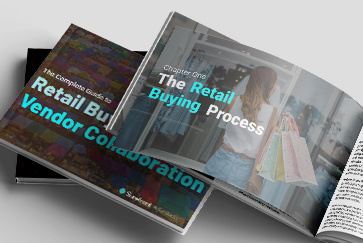Realtime Vendor Management Software for Diverse Business Needs
Align teams and suppliers on attributes
Vendor communication software with multi-entity collaboration, customized for your unique business.
Surefront vendor management software: Every present and historical communication, all centralized in Surefront.
Surefront vendor management software arms your organization with contextual chat messaging. Browse communications with internal and external stakeholders in 3 ways: order-based communication, product-based communication, or by quote.
Surefront is the best vendor management software to give your team the power to access the exact data points they need, in seconds. Our real time chat feature is just another way we help to calm the chaos.
Store all supply chain and vendor information in a central repository. Reduce manual processes. Manage external vendors. Gain actionable insights. Your procurement process has never been so carefree.
Calm the chaos
Are you using multiple tools to connect your process across companies? You don't have to!
Surefront enables brands and suppliers to present showcases to various retailers, easily meeting each retailer’s unique formatting requirements to omit the potential for human error.
Retail buyers can review your product specs, ask questions, request quotes and finalize orders from anywhere, directly on the platform.
.jpg?width=1872&height=1456&name=Calm%20the%20Chaos%20(1).jpg)
Collaborate with ease
Build quotes, create goals, customize assortments, automate formatting, and finalize purchase orders for an upcoming season, all in just a few clicks.
Simplify your supplier management process to create a quicker, more seamless journey. Surefront has you covered, across the board, from quote, to order, to final sale.
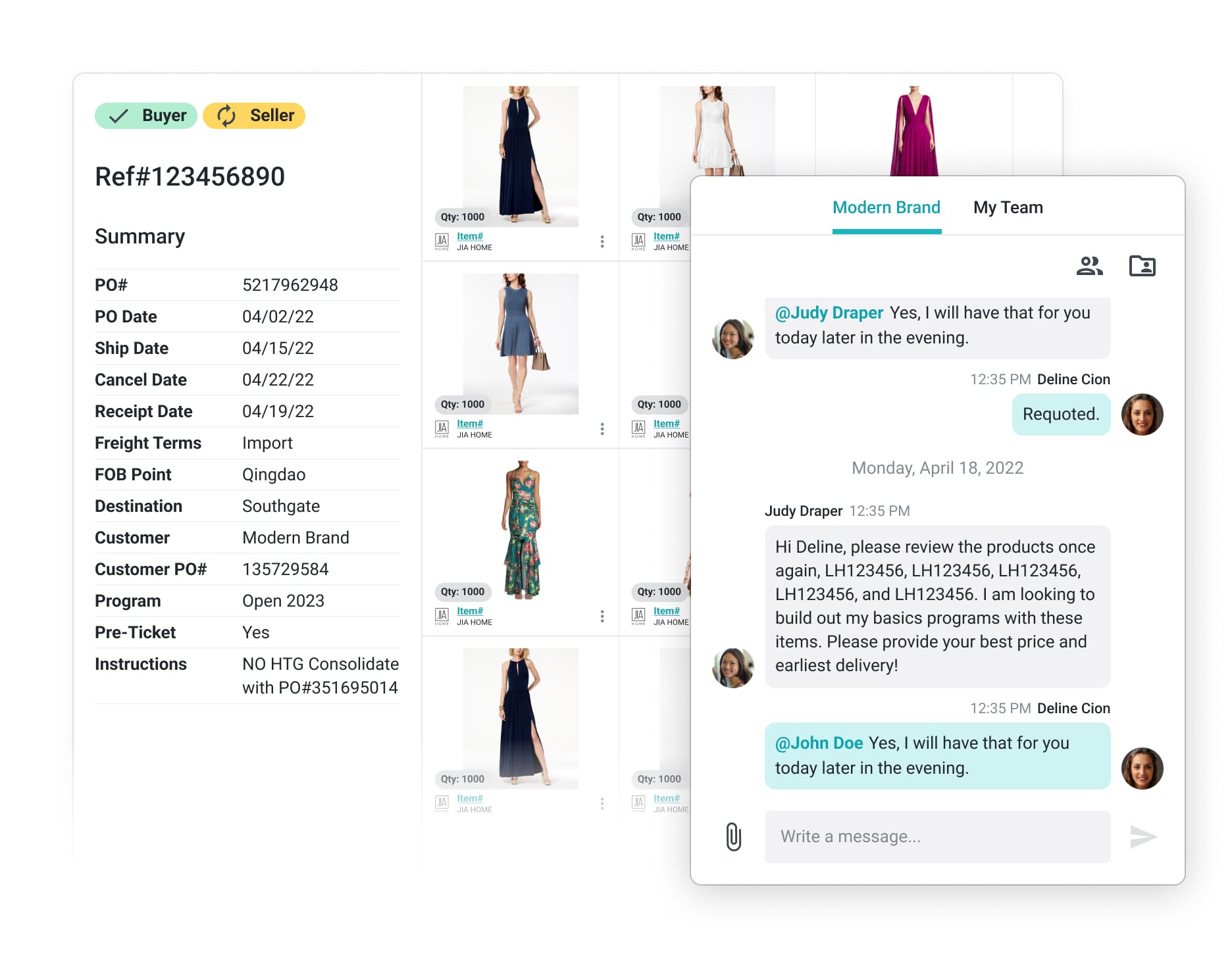
Control who sees
what, when, and how
Collaborate with internal and external teams to ensure the right people are seeing what they need to see, without sacrificing the privacy of sensitive information.
Surefront's 'Many to Many' Communication is a patented feature that allows for custom multi-entity, multi-hierarchical dialogue.
Easily create any combination of internal and external chat threads to suit your business needs. Read more about the patent here.
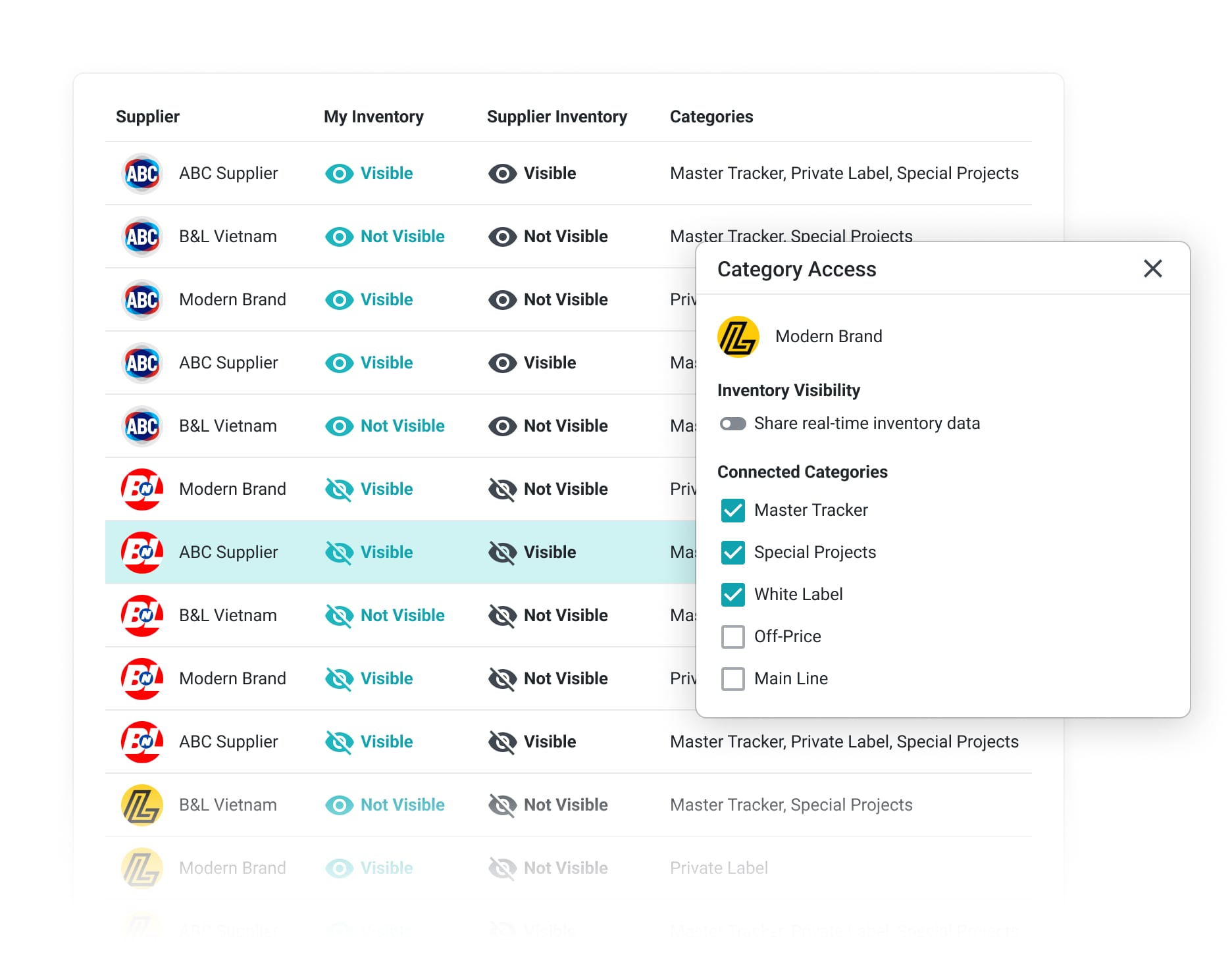
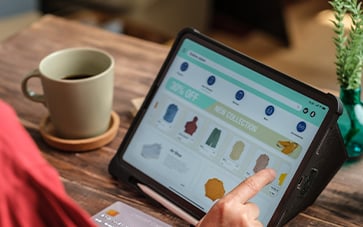
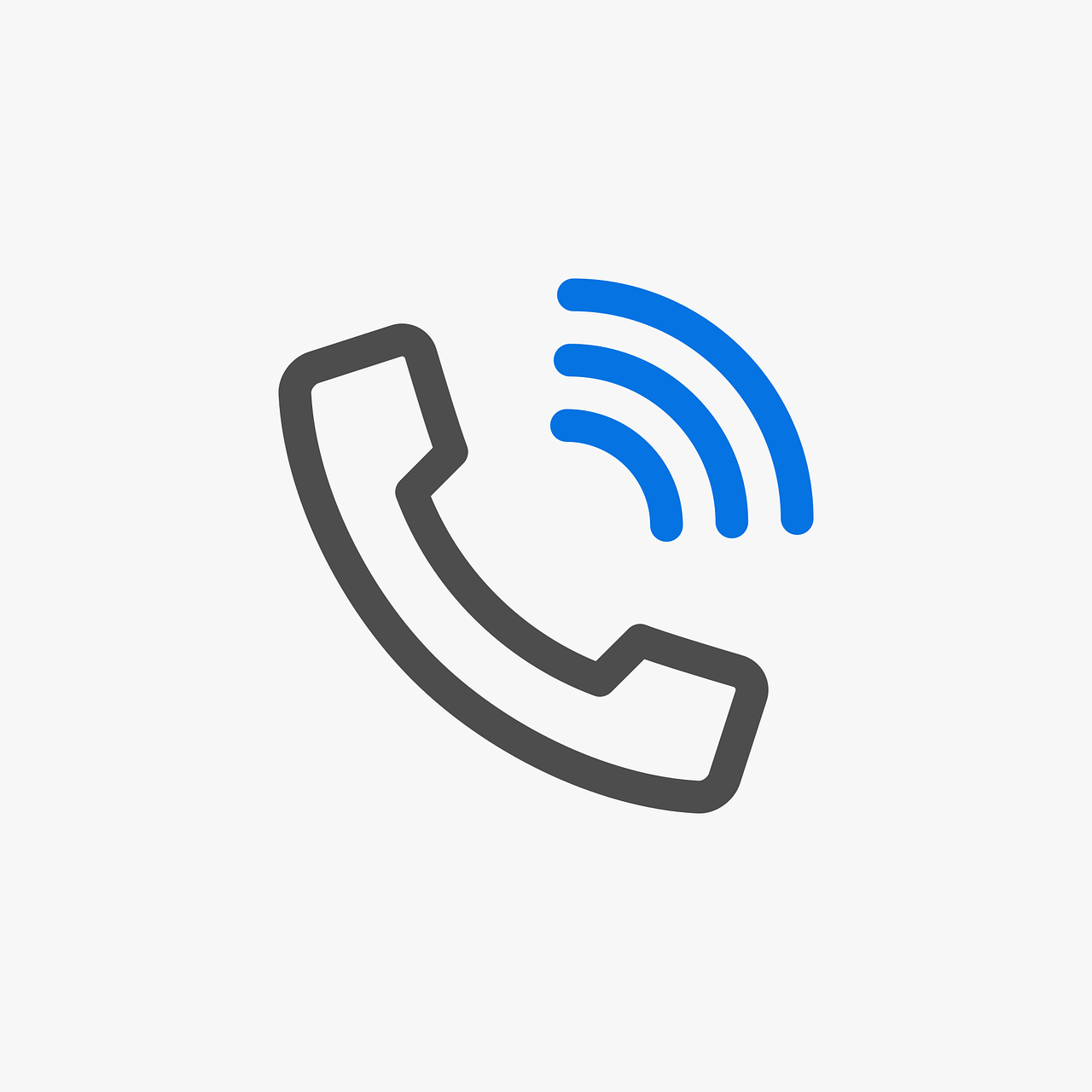
FAQs
A good vendor management system facilitates communication and collaboration between retailers and their vendors/suppliers. It streamlines information exchange and messages, while providing contract management features throughout the procurement process.
By streamlining how retailers manage vendors, the software offers efficient, effective communication throughout the vendor management and approval process.
It typically operates through a centralized platform that optimizes a retailer's entire tech stack, or through a web-based interface where retailers and vendors can interact.
Let's talk key features. Here's how the software solution works:
-
Centralized communication
The tool provides a centralized hub where retailers and vendors can communicate, eliminating the need for scattered email threads or multiple communication channels. It also serves as a dedicated platform for all vendor-related communication.
-
Messaging and chat
The software lets retailers and vendors engage in real-time chat communications from a centralized dashboard, throughout the entire process of procurement and beyond.
This quick and efficient communication process helps retailers and vendors quickly respond to updates, questions, or issues that arise.
-
Document sharing
Vendor communication tools aid in the sharing of documents, such as regulatory compliance docs, invoices, contracts, purchase orders, product data, and images. Retailers can upload documents for vendors to access; vendors can submit documents for review or approval.
-
Notifications and alerts
A vendor management platform sends automated notifications and alerts to keep retailers and vendors up-to-speed on important updates or actions. So both parties know about new messages, document submissions, help desk requests, order status changes, and more.
-
Collaboration and workflow management
The software usually includes features to manage workflows and collaboration. Retailers can mitigate tasks or assign action items to vendors. They can then track their progress, and receive notifications upon completion.
-
Data and analytics
Some vendor management platforms have analytics and reporting capabilities. Retailers can use them to gain insights into communication, risk assessment, vendor response times, and more.
-
Integration with other systems
Vendor systems often integrate with other software, such as: finance teams solutions, inventory management, order management, or vendor management software. This enables seamless data sharing across platforms.
-
Security and privacy
The software ensures the security and privacy of sensitive information exchanged between retailers and vendors. It may employ encryption, access controls, or other security measures to protect data integrity and confidentiality.
The right vendor management system provides a centralized platform for all vendor/retailer communication, including: document sharing, vendor management tools, compliance management, and more.
The best software enhances the efficiency and transparency of retailer-vendor relationships. It simplifies communication processes, and reduces manual effort and vendor risk. Thus enabling better vendor management and collaboration.
Vendor communication systems offer a vast range of features to facilitate collaboration and transparent pricing between retailers and vendors.
Here are some key features found in vendor management software:
-
Messaging and chat
Real-time messaging lets retailers and vendors communicate directly within the software. From the onboarding process to team training, from sourcing features to product retirement, real time chat creates a historical data log of all communications.
-
Document sharing and management
Vendor software lets retail teams safely share and manage documents/files. Vendors can upload documents for retailer perusal and approval, including: POs, invoices, and contracts.
Vendors can also share files, like product images, product specifications, or compliance certificates. Mutual document management features may include version control, document approval workflows, and assigning access permissions.
-
Collaboration and task management
Vendor systems often include new features for task management and collaboration. Retailers can use them to assign tasks and action items to suppliers, set deadlines, and track their progress.
-
Vendor performance tracking
Some of these types of systems can track and evaluate vendor performance. Retailers can use them to monitor metrics like adherence to delivery schedules, response times, or product quality levels.
This vendor overview helps retailers to identify their best-performing vendors, and address any performance issues that arise along the way.
-
Reporting and analytics
Advanced vendor software often provides analytics and reporting capabilities. Retailers can use it to generate reports that impart insights into communication patterns, document turnaround scheduled, and additional vendor performance metrics.
Advanced analytics help retailers with data-driven decision making and performance tweaks, as well as to identify bottlenecks.
-
Security and data privacy
Vendor systems can help teams ensure confidentiality and information security when data is shared between retailers and vendors. It may include data encryption, contract management, access controls, user authentication, and audit logs to ensure data integrity.
-
Mobile accessibility
Some vendor management systems have mobile applications, or offer mobile-responsive interfaces. Users can engage with the system using their mobile devices, enabling business communication and access to information from anywhere.
-
Customization and branding
The best vendor management systems have customization features that help retailers align messaging to their branding requirements. This may include customizing their interface by adding logos or graphic design elements, or even using branded templates for document sharing and communications between entities.
The specific features of vendor management software will vary depending on the priorities of the unique retailer, their vendor network, and the features offered by their solution provider.
Retailers that want to ensure they choose the best vendor management systems should weigh the functionalities they need against the features the solution provider offers, to ensure they align with their specific business and communication requirements.
Vendor management software plays a critical role in improving collaboration between vendors and the retailers they serve.
Here are the key arenas where it helps:
-
Centralized communication
A vendor management system is a centralized platform for communication and collaboration. It eliminates the need to use scattered email threads, or multiple communication channels.
By streamlining all vendor/retailer dialogue, information sharing, and updates onto one platform, the software accessibly organizes all communication related to vendors.
-
Real-time messaging and chat
With real-time messaging and chat functionalities, the software enables direct, instant communication between vendors and retailers.
This facilitates quick clarifications, data and document sharing, and the speedy resolution of queries or issues.
-
Document sharing and management
Vendor management systems let retail teams share and manage documents in a secure and organized fashion. They eliminate the need for manual document handling. This enables seamless collaboration on essential documents, such as purchase orders, invoices, product specifications, contracts, and more.
Both vendors and retailers can access and refer to shared documents with ease, reducing miscommunication and improving the collaboration process.
-
Task assignment and tracking
Vendor management software usually has features for assigning tasks to employees or external vendors. Retailers can assign specific tasks, set deadlines, and track the progress of assigned tasks right from the platform.
This ensures that all parties are aware of their responsibilities and timelines, while increasing accountability across retail teams.
-
Vendor performance monitoring
Some vendor management systems have functions to track and evaluate vendor performance. Retailers can use them to oversee metrics, including: response times, delivery performance, or product quality.
This helps them identify top-performing vendors, address performance issues as they arise, and improve collaboration with a robust catalog of vendors.
-
Collaboration history and documentation
The software maintains a record of all internal and external communication. It also facilitates document sharing and keeps historical records of retailers' task history.
Retail teams can refer to previous conversations, document versions, or task assignments to ensure continuity and avoid miscommunications before they happen. This also helps resolve disputes by clarifying past discussions.
-
Improved efficiency and time savings
A good vendor management system streamlines communication, reduces manual effort, and eliminates back-and-forth exchanges between disparate teams through multiple channels.
This efficient collaboration ecosystem saves time for both retailers and vendors, so teams can focus on more critical tasks that improve ROI.
By giving retailers and vendors a centralized and efficient communication management platform, vendor management systems strengthen their relationships.
They promote effective collaboration, transparency, risk management, and timely information exchange. The result is improved supplier relationships, better financial outcomes, improved employee satisfaction and increased operational efficiency.
Absolutely. Vendor management systems usually come with features that track and manage vendor/retailer communication histories and documentation.
A vendor management system logs every minute of communication exchanged between retailers and vendors. It captures messages, conversations, and updates in a centralized database. This creates a complete and searchable record of all past communication.
The software enables document versioning, so retailers and vendors everywhere have a reference-able history of document changes and updates.
It tracks all historical revisions, timestamps, and authors, so the latest version of a document is always accessible. This prevents confusion and allows easy referencing to previous document iterations.
A vendor management system provides a secure repository for storing and organizing documents shared between retailers and vendors. Retailers can often pay vendors directly from a financial management plugin.
Documents including purchase orders, invoices, vendor contracts, or product specifications can be uploaded, accessed, and managed from the software.
Implementing a centralized location for document storage and retrieval eliminates the need for manual document handling -- thus reducing errors.
A vendor management platform usually has search and filter functions, so users can search for specific keywords, messages, or documents within the historical communication log. This makes it easier to swiftly locate and retrieve information.
A procurement platform may also have an audit trail feature, which logs all changes, actions, or events connected to the vendor management platform. This helps maintain a comprehensive record of activities, ensuring compliance with internal policies and relevant regulations.
The best systems integrate with external document management ecosystems. This allows for seamless document synchronization, so the most up-to-date versions of critical documents are accessible to all involved parties.
By managing communication history and documentation, a vendor management system gives retail reams a complete record of their interactions. It improves transparency, facilitates dispute resolution, aids in vendor compliance and management, and provides an audit trail for reference during compliance initiatives.
Retailer teams can easily access past conversations or documents, thus fostering better collaboration among disparate teams and ensuring an ongoing professional relationship.
Yes, most vendor software provides real-time notifications/alerts to keep retailers and vendors informed about important updates or time sensitive documents.
For example, when a new message is received from a vendor or retailer, the software sends a notification to the recipient. It does this through email or from within the software itself.
Thus ensuring that all users are promptly notified about new communication and can respond with the necessary data in a timely fashion.
When a vendor submits a document –– such as an invoice, purchase order, or product specification –– vendor software generates an alert to the retailer that the document has become available.
With this feature, documents important to the communication process are never overlooked or delayed.
On the other side of the coin, when a retailer assigns a task or updates an existing task assigned to a vendor, the software generates a notification to tell the vendor about the new assignment or changes made to their task.
This way vendors can stay updated on their deadlines and responsibilities.
If there are changes in the status of an order –– such as order confirmation, shipping updates, or delivery notifications –– the software sends real-time notifications to retailers and vendors with details on the update.
This keeps all parties informed about the progress of orders, helping to manage expectations throughout the procurement process.
Specific notifications and alert mechanisms will vary depending on the solution provider chosen by the retailer. With most software, users can customize their own notification preferences.
An organization may choose to receive notifications via email, in-app, or via push notifications on their mobile push device, depending on the team's budget and preferences.
Real-time notifications enhance the efficiency of communication and improve responsiveness, while ensuring that critical updates or messages are promptly addressed.
Timely notifications enable a vendor management system to help both retailers and vendors stay connected and informed throughout the collaboration process.
Of course. Most vendor management app and communication software can be customized to fit the specific needs and workflows of your unique retail business.
The level of customization will vary depending on the vendor management software solutions provider you choose, as well as the features offered. However, some aspects can be customized pretty universally.
You can usually select the right communication channels that best suit your business needs. This might include options like in-app messaging, email, and chat. They might even offer integration with other communication tools and software vendors your business already uses.
A vendor management system usually lets you define user roles, user enterprise, and access permissions. This grants different levels of access and unique functionality to specified users within your retail business.
So, each user has the proper access to information and the right functionality to fit their role and responsibilities.
Many vendor communication and contract management software solutions offer flexibility. When configuring workflows and processes to manage contracts, you'll be able to define the sequence of steps, task assignments, approval processes, and more to align with your organization's specific vendor management processes.
The software often lets you configure notification preferences to your business needs. You can choose which actions or events trigger notifications, who receives the notifications, and the communication channels through which notifications are delivered to unlimited users within your retail ecosystem.
In most cases, vendor management tools have integrations with the other systems and tools you use in your retail business. Whether it's integrations with e-commerce platforms, ERP systems, inventory management systems, or document management systems, customizable integration options enable seamless data flow between different systems.
Your software may also give you the ability to customize reports and analytics to glean insights into vendor performance, supply chain communication metrics, and additional relevant data points.
This helps you track key metrics to generate customized reports that are uniquely tailored to your business requirements.
Customization options may vary between vendor management systems, but it is common for software providers to offer some level of customization. Configuration will help to align the software with your team's specific needs, business processes, and workflows.
Discuss your requirements with sales representatives of many a software solution provider during the evaluation process. This will help you contrast and compare features and pricing to ensure the software can be tailored to fit your unique business model.
A vendor management system can definitely provide visibility into vendor activity and status updates, including both order fulfillment and shipment tracking.
Here's how it does this:
Vendor management tools allow retailers to track the status of their orders placed with vendors. Whether it's visibility into order confirmation, production status, packing and shipping, or delivery updates, retailers can easily see vendor data to check the progress of their orders.
Most software integrates with shipping carriers or tracking systems to provide real-time shipment tracking information.
Retailers can use it to track the movement of their shipments, view estimated delivery dates, and proactively communicate with both vendors and customers about the shipment status of every order.
Vendor communication software is usually built with task management functionality, so retailers can assign tasks to vendors to keep the ball rolling. These tasks may be related to order fulfillment, shipment updates, and more.
This compliance management feature provides visibility into task status, progress, and completion, so there's always effective coordination between retailers and vendors.
The cloud based system tracks the status of documents exchanged between retailers and vendors. This includes: monitoring document submission, offering approval, and any other pending actions pertaining to procurement processes.
Retailers that use a vendor management system can easily identify which documents have been processed, which are awaiting review, and which require further action.
A full vendor lifecycle management solution typically logs all vendor activity and updates in a historical activity log. Retailers can review the log to track recent vendor information and actions.
Order updates, document submissions, or communication exchanges all fall under the historical communications feature. Vendor software also often provides notifications when there are new vendor updates or activities, to keep retailers completely informed in real-time.
Certain vendor management tools have reporting and analytics features that provide insights into vendor performance and activity. Retailers that use the vendor management solution can generate reports to track vendor responsiveness, order processing time, document submission rates, and other key metrics. Thus helping to identify areas for improvement and facilitating better, data-driven decision-making.
The best vendor management systems empower retailers to closely monitor the progress of their orders, track shipments, and stay informed about updates throughout the process.
This transparency reduces delays and enhances the overall efficiency of the whole strategic sourcing and procurement process.
The short answer is yes. Vendor communication software can facilitate both collaboration and communication with international vendors, often in real time.
Here's how international vendor management systems can support retailers:
-
Multilingual support:
Vendor communication software usually offers multilingual support, so retailers and vendors can directly communicate in their native languages. This is especially beneficial when working with international vendors that have different language preferences.
With the right software, language barriers can be easily overcome to promote effective communication and increase understanding among disparate international retail teams.
-
Time zone management
International vendors usually operate in different time zones. This can make real-time communication challenging when doing tasks manually. Vendor communication software can help manage time zone challenges.
Features such as scheduling messages for the right time and setting preferred communication hours can facilitate the process. When communication is coordinated, retailers can easily adhere to the availability and working hours of international vendors.
-
Centralized communication
Vendor communication software is a centralized platform for communication. It lets retailers, international vendors, and finance teams exchange messages, documents, and updates from one location. Some platforms offer unlimited users access.
This eliminates the need for scattered email threads and disparate communication channels. Thus making it easier to efficiently track and manage international communication.
-
Document sharing and translation
Vendor software often has document sharing capabilities, so retailers can upload and share critical documents with international vendors. Some vendor communication software even offers built-in translation features or seamless integration with other translation tools.
This helps overcome language barriers and ensures all content is clearly understood.
-
Integration with global communication channels
A vendor management platform can integrate with global communication channels including messaging apps like WhatsApp, email, finance team software like Quickbooks online, or video conferencing tools.
This facilitates seamless communication across different platforms, so retailers can still leverage familiar communication channels when interacting with international vendors.
-
Compliance and legal considerations
International vendor management is usually rife with compliance and legal considerations that are specific to each associated country or region. Vendor management solutions help manage international compliance-related documentation and track legal agreements, while providing a centralized repository to store and evaluate complex compliance information.
Features tailored to international vendor management help the best vendor management and communication software to facilitate effective collaboration and document sharing across geographical lines.
By streamlining international vendor relationships, vendor management software promotes efficient information exchange, while helping retail teams overcome the barriers of language and time zones.
From Our Blog
The retail industry has a lot of moving parts. We do the research, so you can focus on leading your retail team. Sign up for our blog to stay up-to-date on industry trends, feature launches, and events.

Bridging the Gap with a Unified Platform
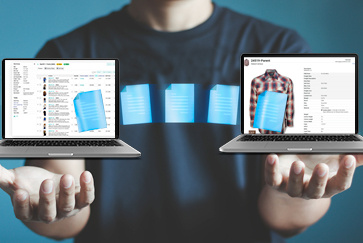
Supplier-Retailer Collaboration: Building Stronger Partnerships for Merchandising Success
